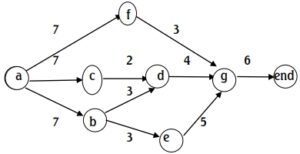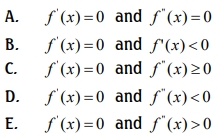- 15 Marks
PSAF – May 2018 – L2 – Q5 – The Budgeting Process in the Public Sector
Explains the concept of a national budget, surplus and deficit budget implications, and challenges in the implementation of national budgets in Nigeria.
Question
In government’s quest to optimally develop and efficiently manage available resources, national budgets are usually prepared to put economic development firmly on course.
Required:
a. Describe briefly a national budget. (3 Marks)
b. Explain briefly the implication of each of the following for the performance of the economy: i. A surplus budget ii. A deficit budget (4 Marks)
c. Explain FOUR problems to be encountered in the effective implementation of national budgets in Nigeria. (8 Marks)
Find Related Questions by Tags, levels, etc.
Report an error


